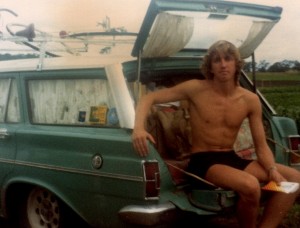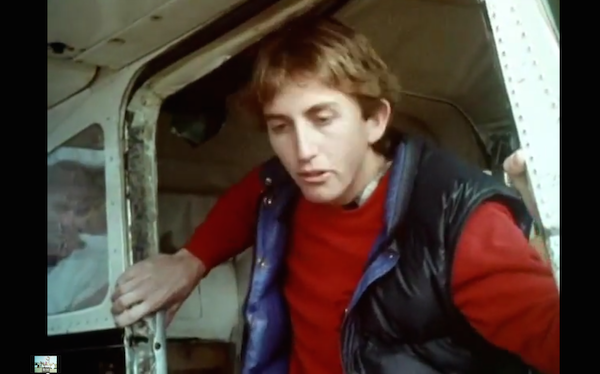Back when we were all young.
It was 1981, I had just completed my Pattern Making apprenticeship at the Toowoomba Foundry and the previous Christmas holidays, while at the Australian Parachute Nations meet a beautiful young lady who I thought was worth chasing all the way to Sydney. Little did I know at the time that would introduce me to my daughter some 10 years later. Time to leave home, to cut my family and childhood ties, to go it alone and see what life may hold for me. So, with everything I had inside my trusty EH Holden Station Wagon and my bike on the roof, to Sydney I went…
During the week we worked in Sydney but on weekends we drove the three hours to the Hunter Valley and the Newcastle Parachute Club (NSPC), where we would spent most weekends making friends and falling through the air. A sport like parachuting is one of those activities where people bond in a special way and I quickly found my place as one of the regular instructors. By then I had already been instructing for two years but this was back in the static line days of round parachutes and a good decade before tandems would change the sport into the massive commercial operation that exists today.
Jas was the man!
One of the main personalities amongst many on the drop zone was Jas Shennan. Charismatic club president and instructor who worked as a film editor, primarily on television documentaries and always one of the last standing beside the fire, with beer in hand on a cold Saturday night.
Around the time I entered the scene Jas had decided it was time for a doco about parachuting for TV, to show what it’s really like and some of the personalities. Over the course of a year or so he corralled the footage, often using ex-military 16 mm gun cameras for the free fall footage, augmented with ground shots to fill in the story. There were no mini GoPros back then!
I was only 21 years old.
As it turned out, on the day when Jas arranged a film crew to capture the ground based activities, I was instructing a group of students and a brief part of my youth was captured for me to fondly look back on, all these 33 years later.
Back then you could have classes of up to 20 people, all keen to do a first jump. I remember actually saying I wouldn’t instruct classes of more than 20 students as it was the maximum I felt I could train appropriately and there were times when groups were split up due to their size. Back then ground training and theory took a full day, with the first jumps happening the next day.
In Walking on Air we see snippets of what goes into the training and what’s expected of student skydivers in the early 1980’s, before the Accelerated Freefall Programme and piggyback student equipment. It’s fun to see students practicing landing rolls, something which is barely taught today with the ease of landing square parachutes. It’s now all changed but this is the way I learnt parachuting when I started in 1978 at Gatton in South East Queensland and the way I instructed for many years. Continue reading


